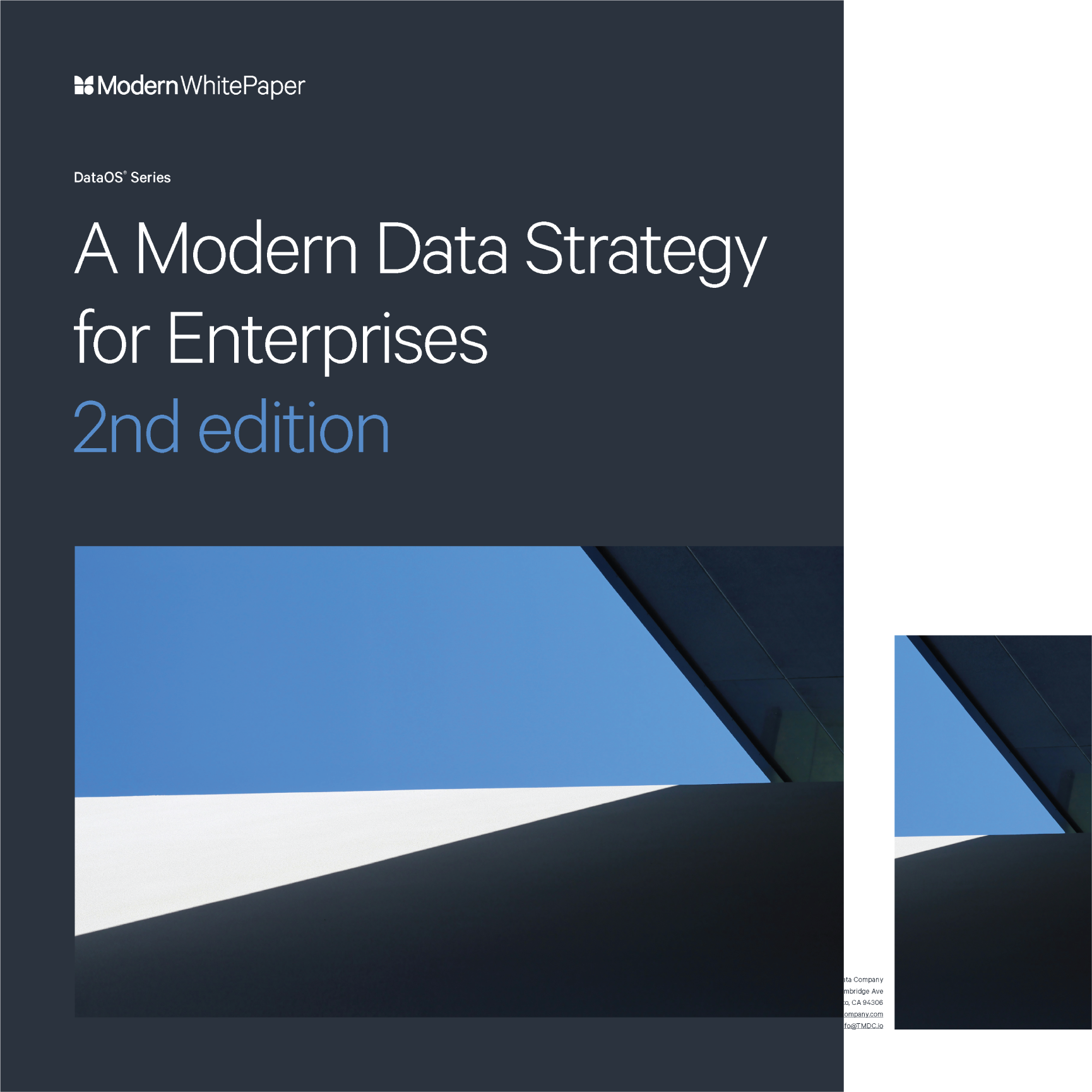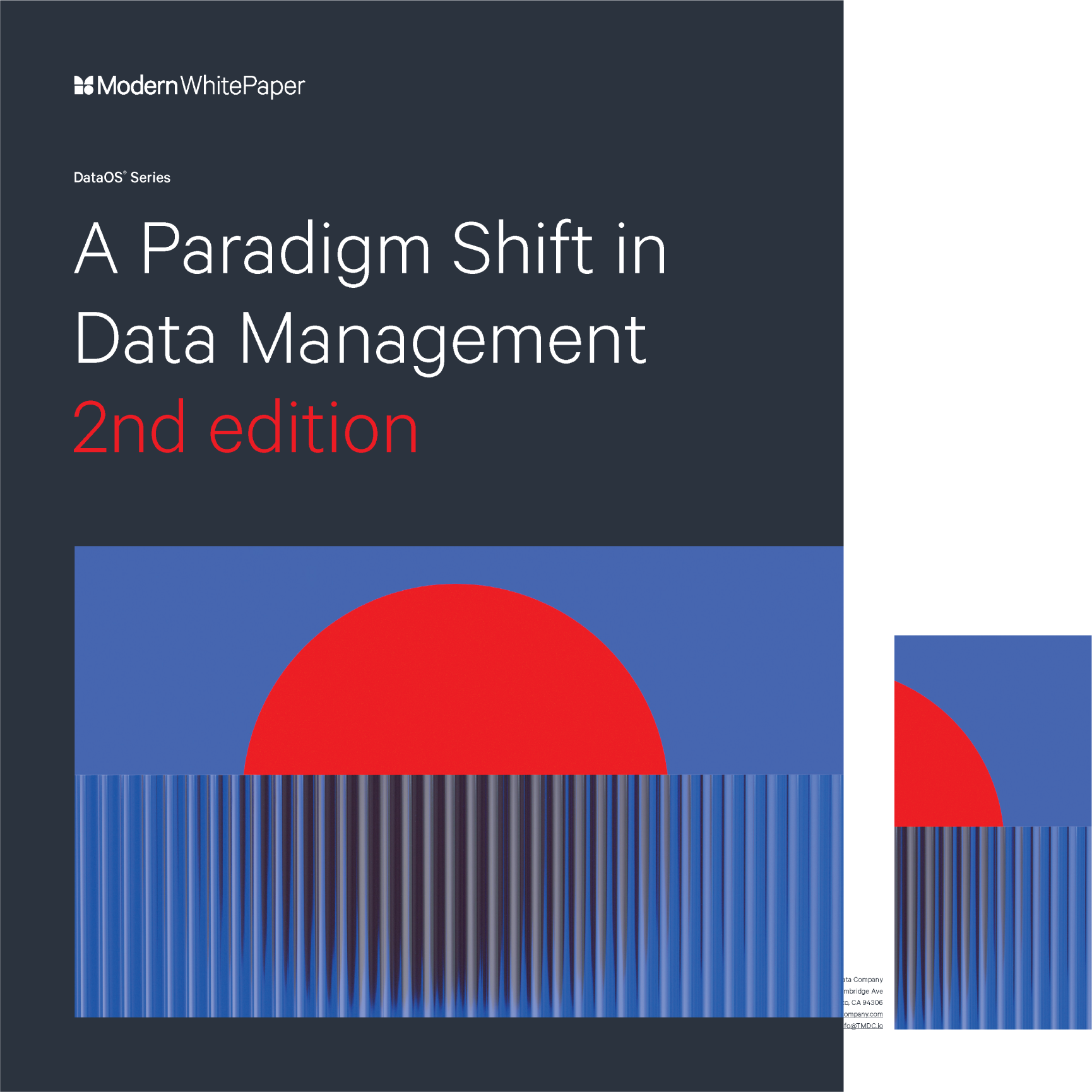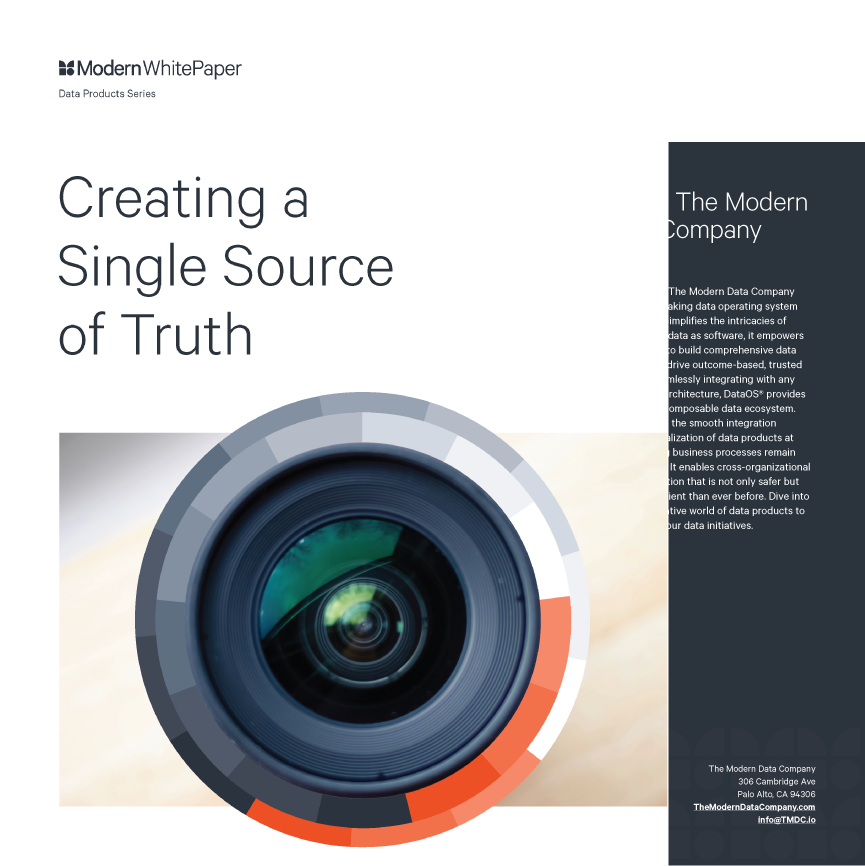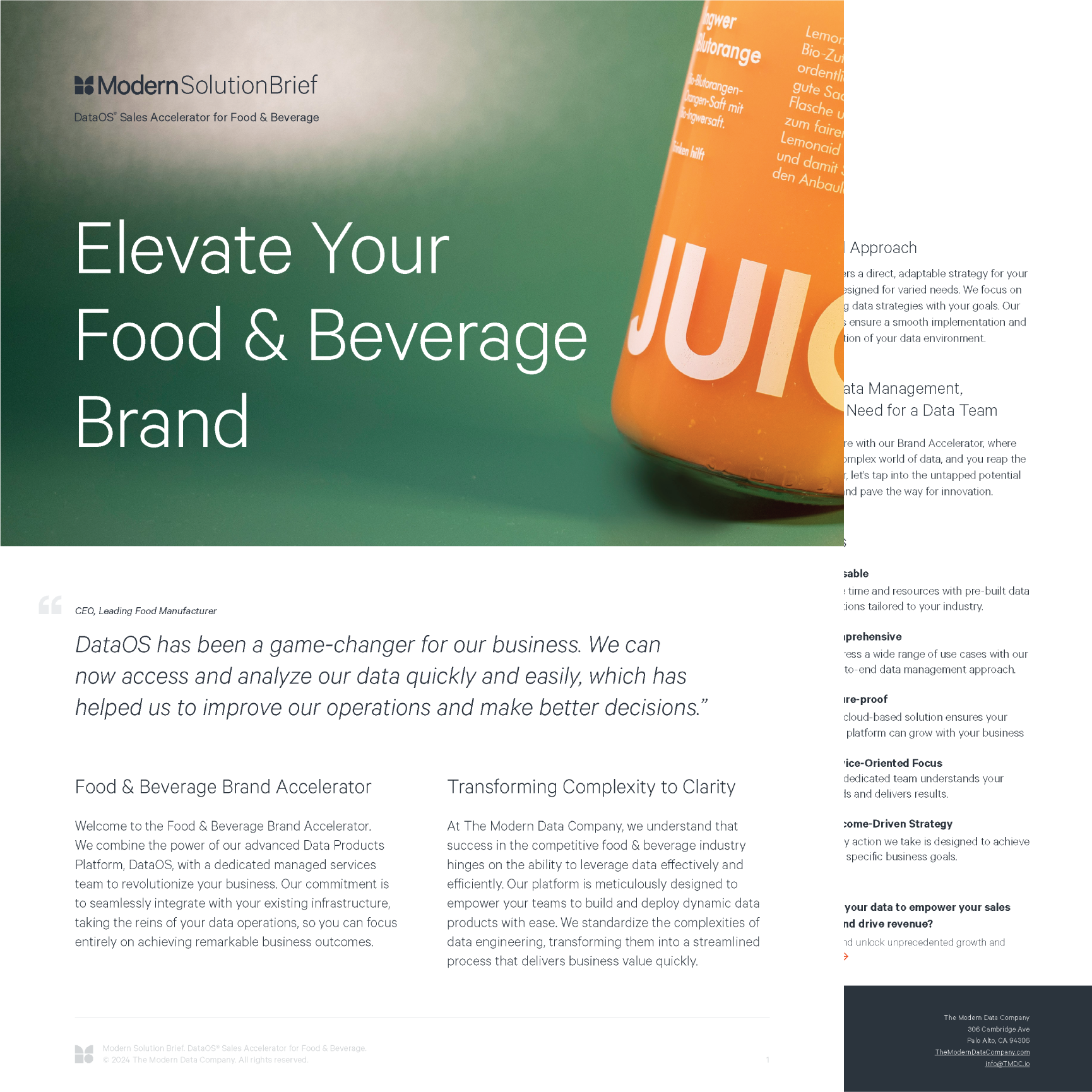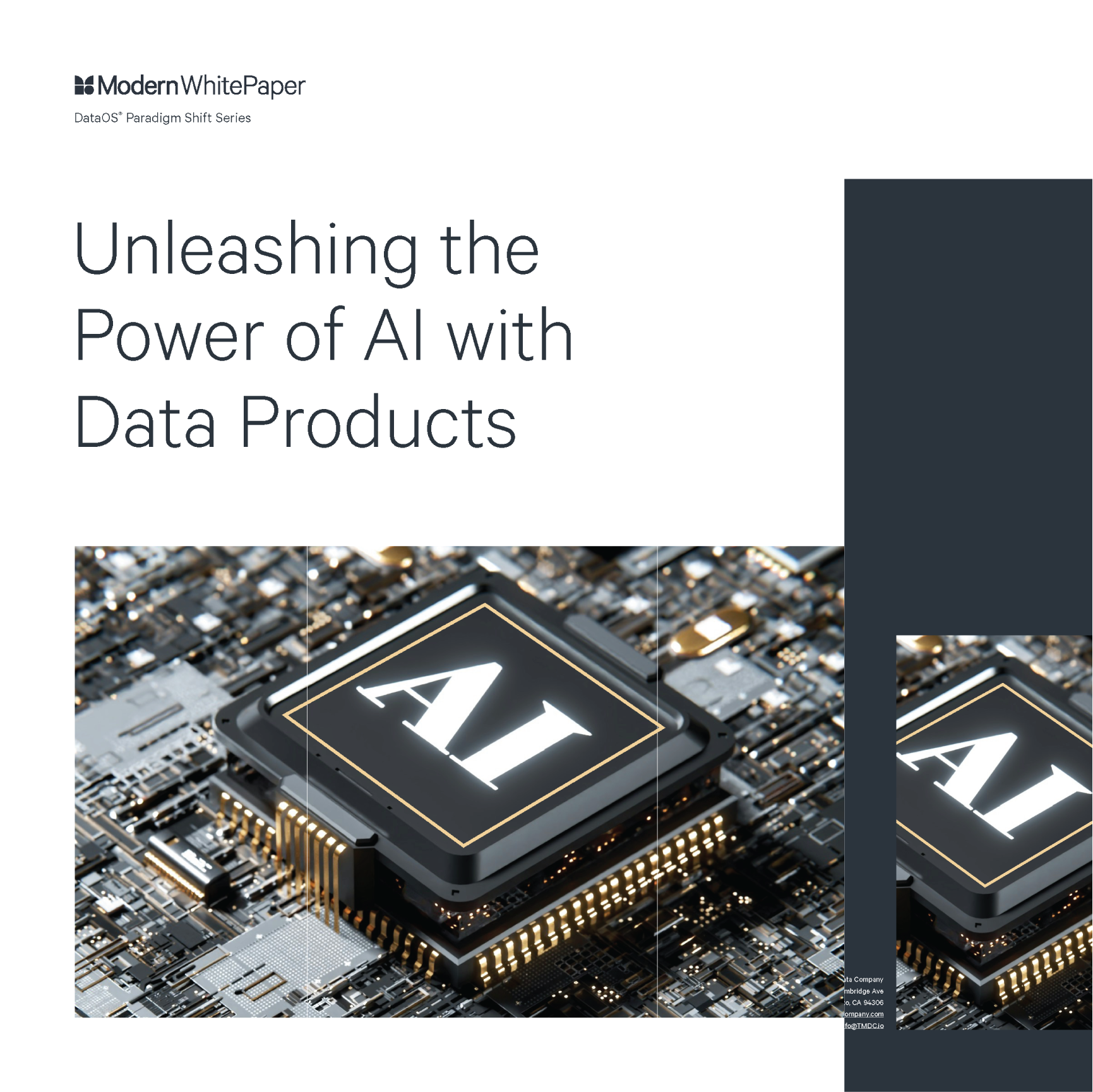During every episode of Antiques Roadshow, there’s at least one crowd-favorite story that goes something like this:
A person finds something old and a little unusual. They may not know who made it or exactly what it’s for. They certainly don’t think about it daily because it’s been tucked away safely in a drawer for a while. Their grandmother had it in her house growing up, or their great-uncle brought it back from his travels, and they’ve taken on the responsibility of storing it because “maybe it’ll be worth something someday.”
The person suspects that the object has value precisely because it’s old and has a good story. And much to the delight of the audience, the appraiser takes one look and gasps, “This is a very valuable piece!” We all find out together that this little piece could be worth thousands of dollars at auction after decades of storage.
This story has a similar start to what happens in many organizations undertaking digital transformation. They have data stored away because it might be worth something in the future, but much of the data isn’t providing any value. It’s an asset with unknown value, and that value can only be understood when it “is taken out of the drawer” and assessed. Here’s why a shift in mindset could finally bring the value of this type of data to its full potential.
Why treating data as an asset is key to extracting value
We’ve heard many analogies about data—it’s the new gold, the new oil, the new darling product. We understand that it has potential value like our Antiques Roadshow object above. So, what happens? Companies begin hoarding data and tucking it away into storage where it goes mostly unused.
The Modern Data Company (Modern) prefers a different analogy: data is the new oxygen. A person can store all the oxygen they can but will die in minutes if they don’t use it. Oxygen must be brought into the body and processed to have any value (life), and data must follow the same process.
Treating data like an asset shifts this perspective from something to hoard to something that, with regular use, can grow in value over time. It is plentiful, and all companies need it to move throughout their organizations to survive.
How to determine the value of the data at hand
Data itself isn’t worth anything; the value of data lies in how it is used. Some of the potential impacts of valuable data in use on an organization are:
- Operational efficiency: For example, how much money does the organization waste relying on manual processes? Those manual processes are causing unnecessary delays in manufacturing or shipment in the supply chain. In marketing, it causes excessive spending. These departments could automate previously manual processes, providing vital data for better, more agile decision-making.
- Customization and personalization: Consumers expect a personalized experience from companies whether they interact once or 1,000 times. Data helps marketers, product designers, and service providers understand their customers and provide greater value to them, reducing customer churn.
- Innovative research and development: Big data can transform R&D thanks to machine learning. It can pick up on trends before they’re widely recognized and find the signal among the noise so that companies can focus efforts on the right thing the first time and iterate with clarity.
These are not the only examples of potential value data can create for an organization, but they’re good illustrations. While some companies may be able to extract value through selling data, the vast majority of companies will evaluate their data’s worth by the value it creates through usage.
In Douglas B. Laney’s Infonomics — outlined wonderfully in this post — we find several different methods of information valuation that can help companies assess the potential value data has when put into use. After all, the centerpiece of Antiques Roadshow is the assessment of value by an expert. You must have a way to similarly assess the value of your data. Here are a few approaches to consider:
- Intrinsic Value of Information: IVI uses four measures to evaluate innate value: validity, coverage, scarcity, and useful life. Companies can use this measure as a starting point for understanding where to improve data.
- Business Value of Information: BVI uses relevance, validity, coverage, and timeliness to assess how relevant data is to business activities. It is highly subjective and therefore will require input from across the enterprise.
- Performance Value of Information: PVI is a controlled experiment that helps quantify how certain decisions using available data will benefit the company (or not).
These methods provide an index for improving data quality and direction for data management. Companies can also use financial evaluation models to account for things like the costs of maintaining and securing data.
- Cost Value of Information: Basically, what is the cost of collecting and maintaining data plus the cost of lost or damaged data?
- Economic Value of Information: Here, companies can understand how revenue is affected by applying data versus not leveraging data. It’s a controlled experiment model, which takes time, but offers a powerful insight into just how much revenue data can generate for an organization.
- Market Value of Information: Companies delving into monetizing data like Facebook can measure the impact using this model.
- Expected Value of Perfect Information: This is a fascinating model of valuation. It looks at the value of data companies don’t have yet and how much they should pay to get it.
Finding hidden value in data is a way to generate more revenue and profit
Using valuation models like these, it’s possible to make it clear just how impactful data can be for a company. Data can transform how a company makes decisions. It can validate a company’s efforts to transform digitally. It can identify new revenue opportunities and jumpstart innovation in research and development.
All of this value requires that companies treat data like an important asset. Unlocking data from silos and democratizing access infuse the entire organization with the “oxygen” of data so that it becomes a living part of the business. One of the first steps is to do a formal assessment of the value of your data in the spirit of the experts on Antiques Roadshow !
DataOS was built to help companies put data into use by bringing it safely out of storage, breaking down silos, and finally making it available for everyone in the enterprise.Download our latest white paper “A Modern Data Strategy for Enterprises” to discover how to unlock the value of data by making it usable and accessible.








